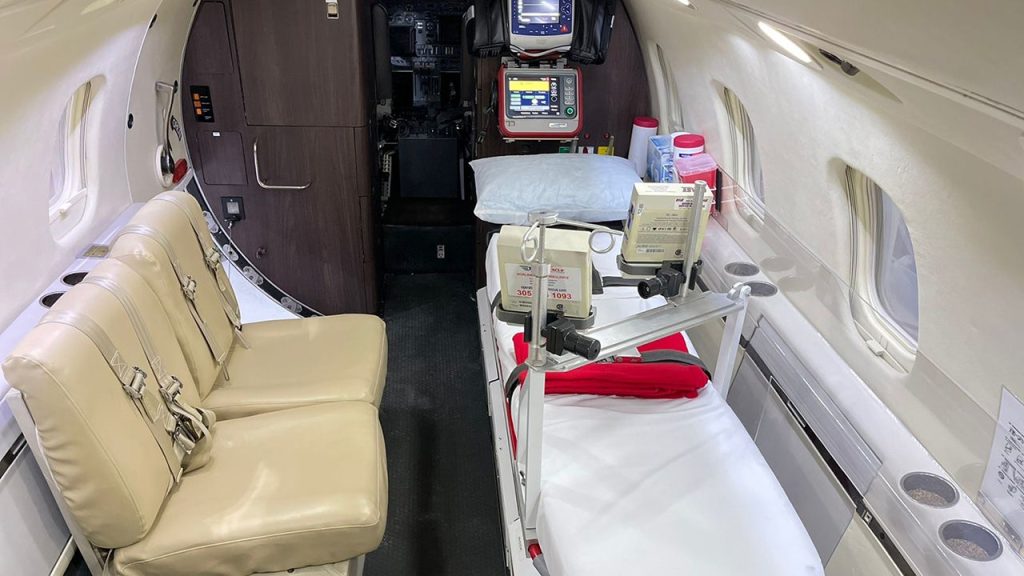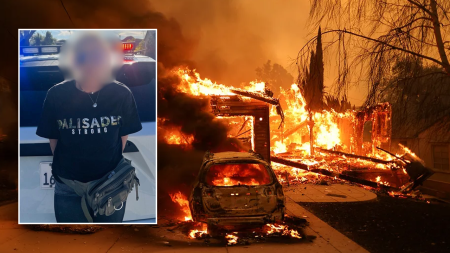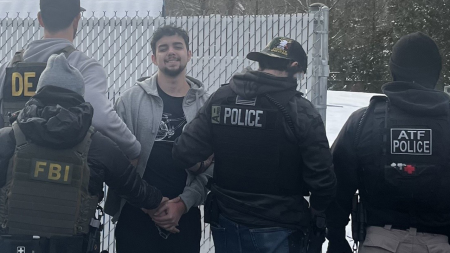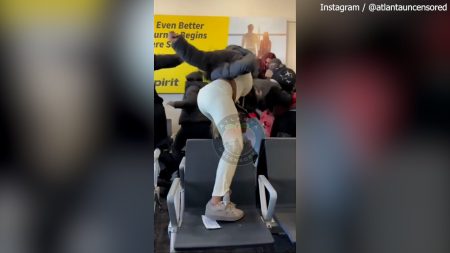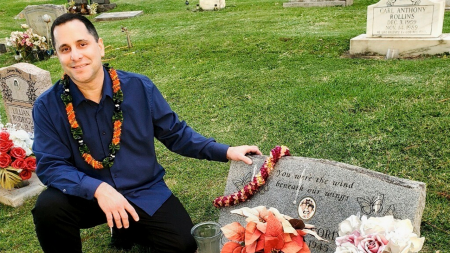The Aftermath of a Medevac Tragedy: Unraveling the Philadelphia Plane Crash
The skies over Philadelphia bore witness to a heart-wrenching tragedy on a Friday evening as a medevac jet, entrusted with the precious cargo of human life, met an untimely end. The Learjet 55, operated by Jet Rescue Air, crashed shortly after departing from Northeast Philadelphia Airport, its intended destination being Springfield-Branson National Airport in Missouri. The crash claimed the lives of all seven individuals on board – four crew members, a pediatric patient, and her mother – all Mexican nationals. The incident sent shockwaves through the community, leaving behind a trail of unanswered questions and profound grief.
In the wake of the tragedy, Jet Rescue Air released poignant photographs offering a glimpse into the interior of the ill-fated aircraft. These images unveiled a "flying ICU setting," meticulously equipped to provide critical care during transport. A stretcher, draped in a white sheet, lay at the heart of the medical compartment, surrounded by an array of life-sustaining equipment. Two seats flanked the stretcher, providing space for medical personnel to attend to the patient, while two more seats were positioned near the foot of the stretcher. The photographs served as a stark reminder of the delicate balance between life and death that medevac crews navigate daily.
Adding another layer to the unfolding investigation, Jet Rescue Air also released a photograph of a black box, akin to the one present on the crashed jet. However, the company clarified that the pictured device was not the one from the plane, as the actual black box remained unrecovered from the crash site. This crucial piece of equipment, a voice recorder, holds the key to understanding the final moments of the flight, capturing conversations between the pilots and the control tower, as well as between the pilots themselves. Its retrieval is paramount to piecing together the sequence of events leading to the tragedy.
Prior to the crash, Jet Rescue Air maintained that there were no indications of any issues with the aircraft. The company emphasized that the Learjet 55 had an "impeccable" maintenance record and adhered strictly to manufacturer specifications. They further asserted that the crew on board was highly experienced and carefully selected, representing the "best of the best" in the air ambulance industry. These assurances, while offering some solace, did little to quell the growing unease surrounding the circumstances of the crash.
As investigators delve into the wreckage and analyze the recovered data, the focus remains on determining the root cause of the tragedy. Was it a mechanical malfunction, a human error, or a combination of factors that led to the fatal descent? The answers to these questions will not only bring closure to the grieving families but also serve as crucial lessons for the aviation industry, ensuring the safety and well-being of future medevac missions.
The Philadelphia plane crash serves as a sobering reminder of the inherent risks associated with air travel, particularly in the context of medical transport. While medevac flights offer a lifeline to those in critical need, they also operate under immense pressure and in challenging conditions. The investigation into this tragedy will undoubtedly shed light on the complexities of medevac operations and the importance of rigorous safety protocols to mitigate potential risks.




